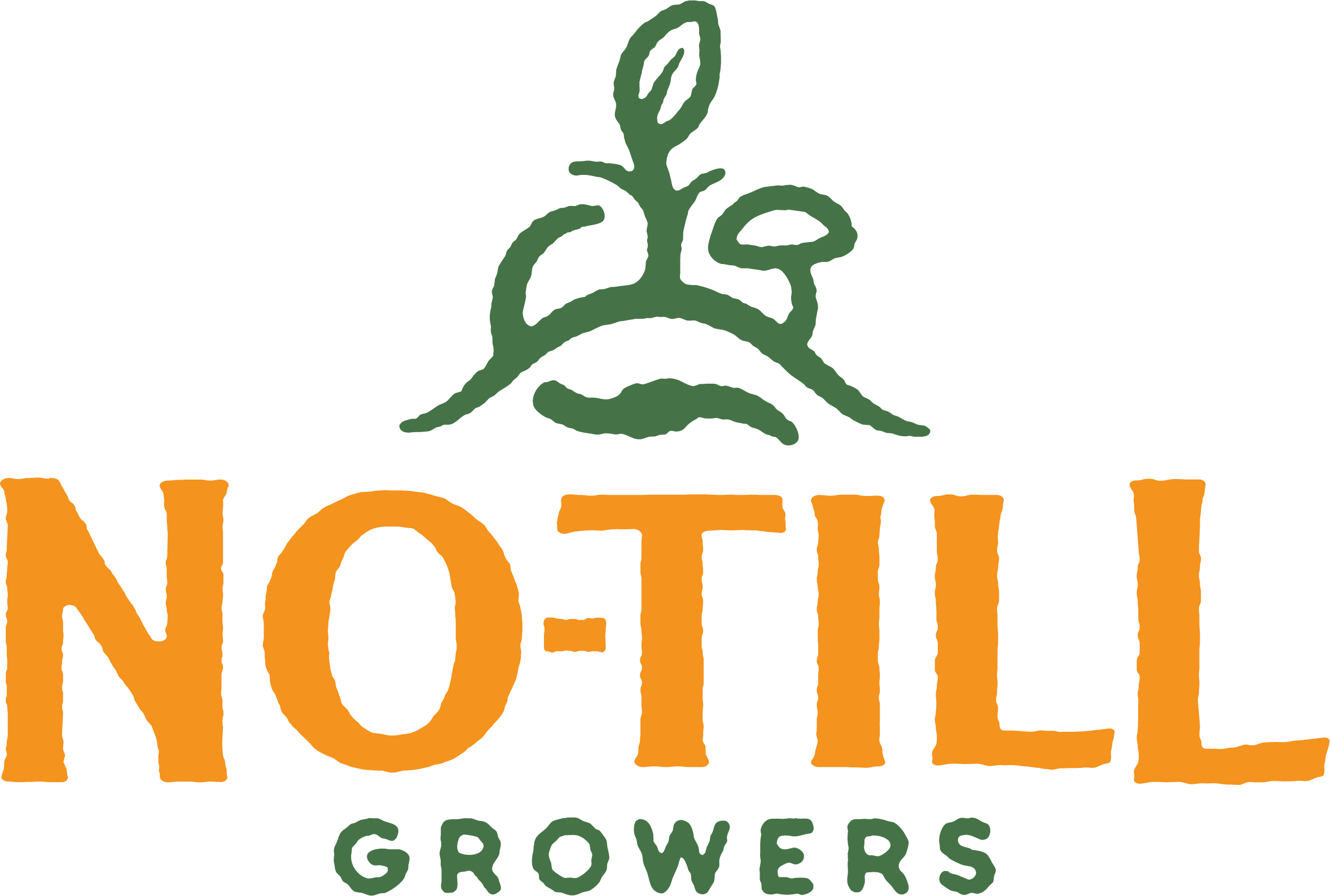Review: The Year-Round Hoophouse, by Pam Dawling
A Great New High Tunnel Book from a Southern Perspective…
Much of the market gardening literature that we’ve seen in last decade or so has come from the North (respectfully, of course), with one big exception: Pam Dawling.
You may recognize that name from her work with Mother Earth News or (beloved show sponsor) Growing for Market Magazine. Or, perhaps, you snagged her first book, Sustainable Market Farming (or at least you should). Dawling is out with another great book on hoophouse production called The Year-Round Hoophouse: Polytunnels for all Seasons and All Climates, and though she says it’s not solely for her region right there in the subtitle—coming out of Virginia—this book has a lot of her planting and harvesting dates, and is written from a relatively southern perspective, one that deals with some of the intense heat and humidity common in the South.
Dawling is based out of an intentional community in Virginia (about which she notably gives a few interesting details in the intro to this book). She has been growing for a long while and is a wealth of knowledge on vegetable production in general, but her insight into covered culture is breathtaking. Yes, I said it, breathtaking (eat your heart out, Dances with Wolves).
What I love about this book, beyond it’s relevance to me as a Southern grower, is its relevance to me as a small grower in general. This is not a book about how to build a complex, high-tech greenhouse. It’s geared towards small farms with relatively small budgets.
The detail is exceptional and it feels while reading it hardly a word is wasted—every sentence seems genuinely crafted to be helpful. The first nine chapters are all about construction—from site prep to end walls to irrigation—before diving in deep into crop production, pests/diseases, and soil management. Dawling also tackles more nuanced topics like nitrates and salt build-up, which was deeply insightful for me as both of these topics have existed in my periphery, but not fully understood (or even a little, let’s be honest), and this book provided a good opportunity to finally dig into them.
Speaking of [no]dig, she does talk a bit about her no-till approach to gardening. So, there’s that, too. Just sayin’…
Maybe “review” is a generous term for this article. I really just want to put the book on your radar if you, like us, need more literature for managing a tunnel in the South. Check it out!
